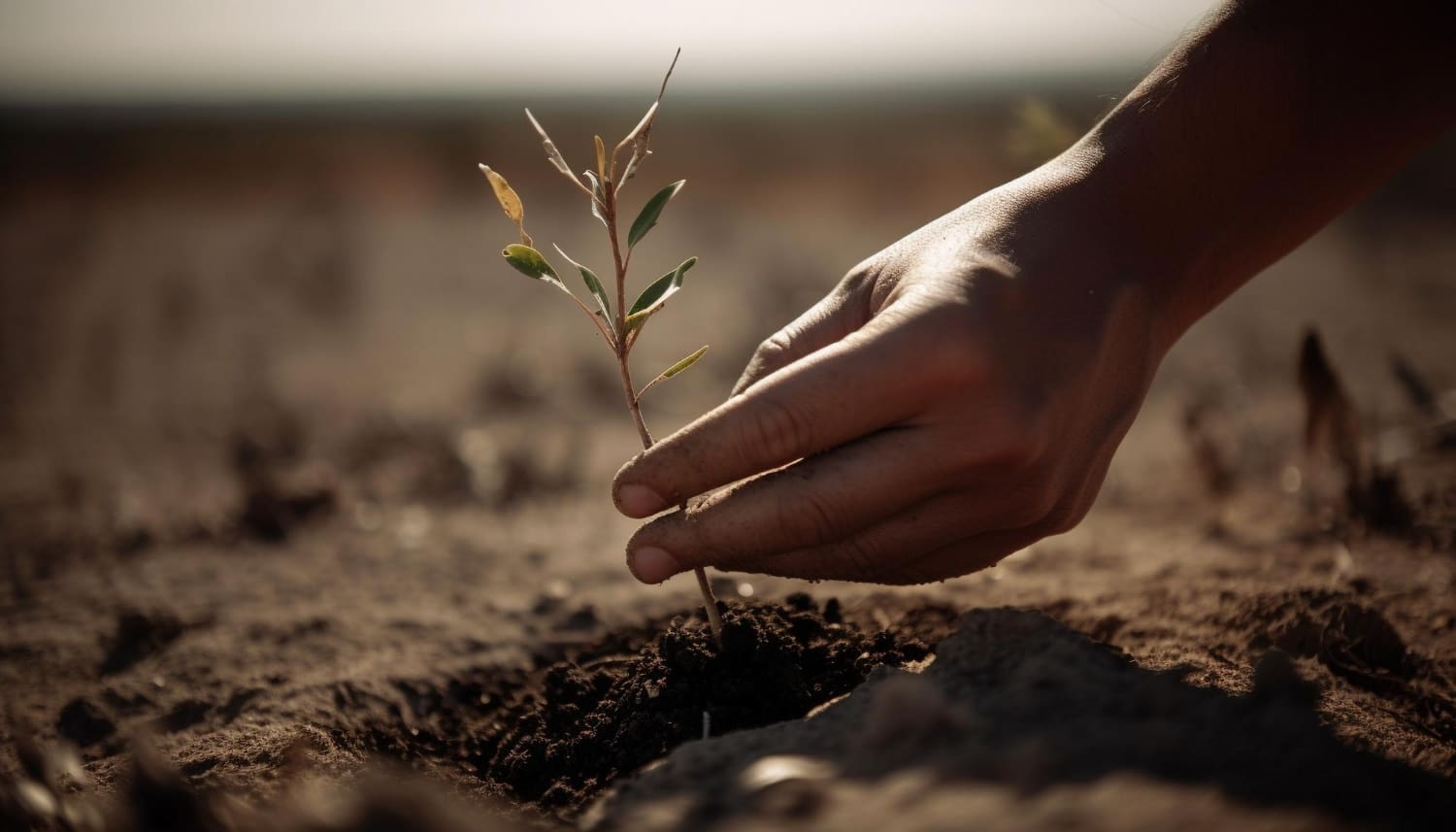In the pursuit of establishing sustained lunar bases, the challenge of securing a reliable food source becomes paramount. The notion of cultivating traditional crops like corn or wheat in lunar greenhouses proves impractical due to the inhospitable nature of plain lunar soil. Recent advancements in scientific research offer a promising avenue for lunar agriculture.
Researchers have unveiled a groundbreaking method to transform lunar soil into fertile ground by introducing bacteria that enhance phosphorus availability, a crucial nutrient for plant growth. Conducting experiments with a relative of tobacco using simulated lunar regolith in a Chinese laboratory, scientists observed significant improvements in plant characteristics when the soil was treated with three specific bacterial species. These bacteria induced a change in soil acidity, facilitating the dissolution of insoluble phosphate-containing minerals and thereby releasing phosphorus, thereby enhancing its availability for plant absorption.
Lead author Yitong Xia, affiliated with the China Agricultural University in Beijing, emphasizes the significance of these findings. The research suggests that these bacteria could be instrumental in converting lunar regolith into a bio-friendly substrate for future plant cultivation within lunar greenhouses.
A previous study conducted in the United States involved growing Arabidopsis thaliana, a flowering weed, in containers filled with actual moon soil collected during NASA missions. While the plant did grow, it exhibited less robust growth compared to specimens cultivated in volcanic ash from Earth, indicating the potential for lunar soil improvement.
In the current study, Nicotiana benthamiana, commonly known as benth, served as the experimental plant. To simulate lunar regolith, researchers used volcanic material from China’s Changbai mountains, replicating the chemical and physical properties of lunar soil.
Three bacterial strains – Bacillus mucilaginosus, Bacillus megaterium, and Pseudomonas fluorescens – proved effective in enhancing soil fertility, showcasing longer stems and roots, as well as denser leaf clusters in the plants.


Xia envisions the application of this microbial technique in future manned lunar bases, addressing the challenge of sustaining human crews with essential resources. Unlike alternatives that involve transporting soil or implementing hydroponic systems, this in-situ resource utilization method minimizes the need for Earth-Moon transportation, offering a more economically sustainable solution for lunar plant cultivation.
In addition to providing food, such a system could contribute to oxygen production through the photosynthetic process of plants. The prospect of turning lunar soil into a fertile resource marks a significant stride toward the realization of long-term lunar habitation.
Journal Reference:
Xia, Y., Yuan, Y., Li, C. et al. ‘Phosphorus-solubilizing bacteria improve the growth of Nicotiana benthamiana on lunar regolith simulant by dissociating insoluble inorganic phosphorus‘, Communications Biology 6, 1039 (2023). DOI: 10.1038/s42003-023-05391-z
Source: Communications Biology
Featured image credit: Freepik (AI Gen)




